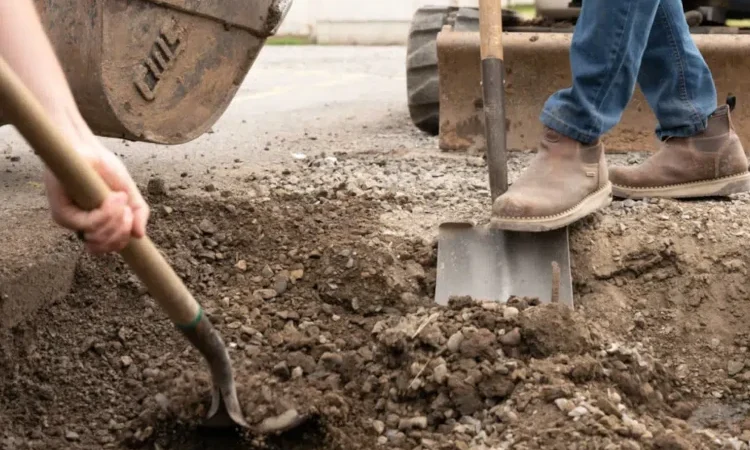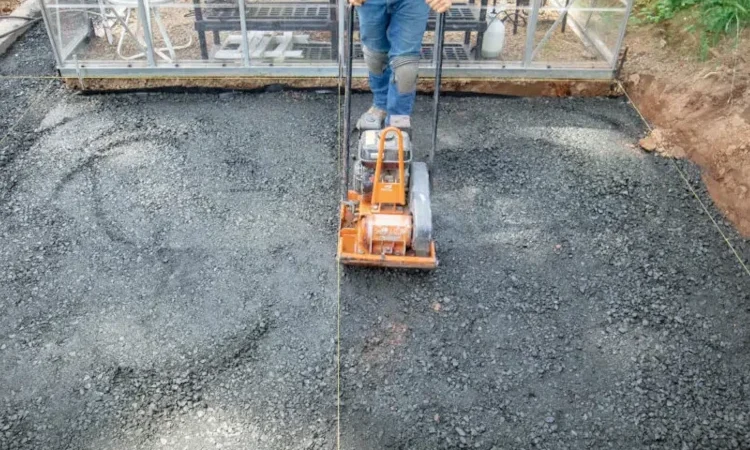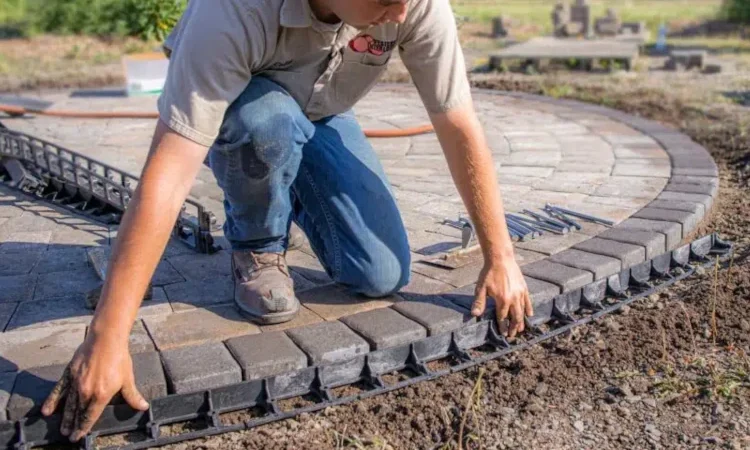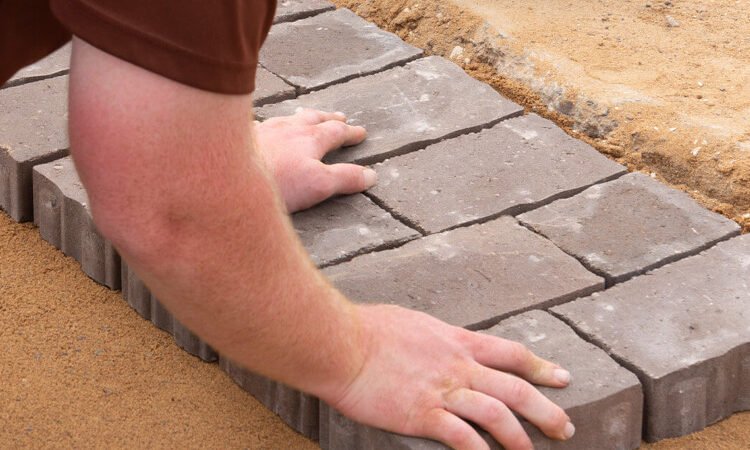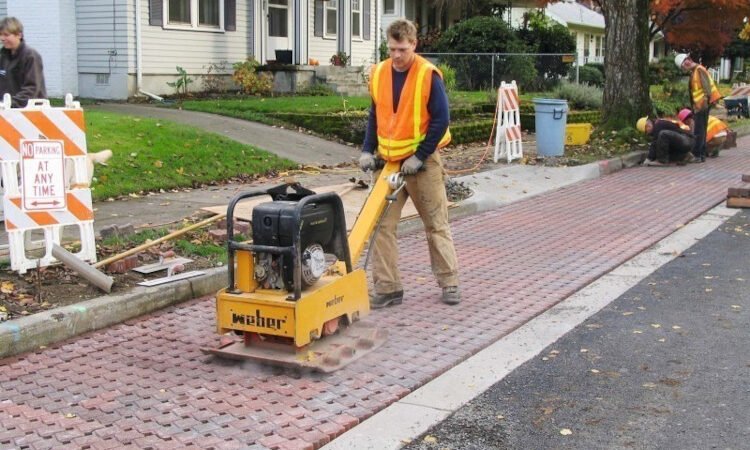Bedding Layer
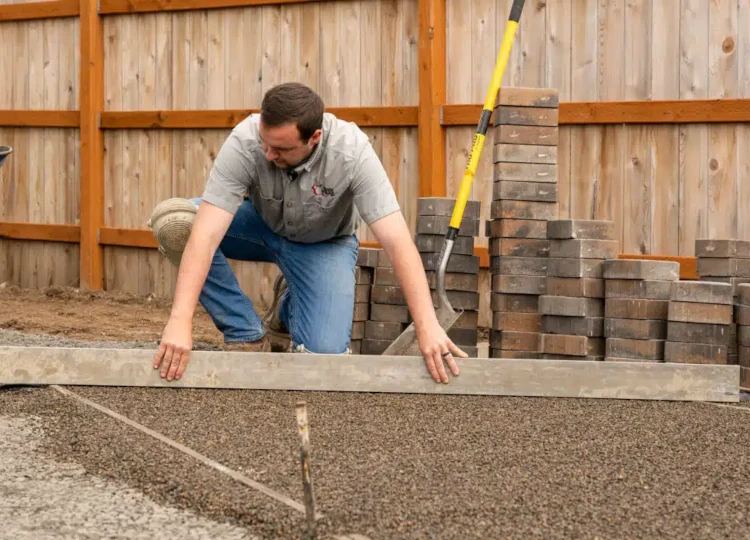
The bedding layer is a crucial component in the installation of pavers, providing a level and stable surface for the pavers to rest upon. This layer, typically composed of sand, serves as a transitional medium between the compacted base and the pavers themselves. Here’s an expanded overview of the bedding layer in the paver installation process:
1. Purpose of the Bedding Layer:
- Even Surface: The primary purpose of the bedding layer is to create a flat and even surface for the pavers. This ensures that the pavers are well-supported and that the finished surface is level.
- Interlocking: The bedding layer allows for some flexibility, enabling the interlocking or tight-fitting placement of the pavers.
2. Material Selection:
- Commonly Sand: The most commonly used material for the bedding layer is coarse concrete sand. This type of sand has angular particles that lock together, providing stability and preventing excessive shifting.
- Variations: Some projects may use a combination of sand and other materials like aggregate or stone dust, depending on the specific requirements of the installation.
3. Thickness of the Bedding Layer:
- Varies by Project: The thickness of the bedding layer can vary depending on the type and size of the pavers, the pattern of installation, and the overall design of the paved area.
- Typical Range: The bedding layer is often within the range of 1 to 1.5 inches, but this can be adjusted based on project specifications.
4. Screeding the Bedding Layer:
- Leveling Process: Once the sand is spread over the compacted base, it is screeded to achieve a level surface. A straight board or screed is used to evenly distribute and level the sand.
- Checking for Levelness: The installer checks the levelness of the surface regularly to ensure that the pavers will be set on a consistent plane.
5. Compaction of the Bedding Layer:
- Plate Compaction: After screeding, the bedding layer is compacted using a plate compactor. This compaction helps stabilize the sand, reducing the risk of settling over time.
- Multiple Passes: Compaction is typically done in multiple passes to achieve optimal density.
6. Joint Sand Functionality:
- Provides Interlock: The spaces between the pavers are filled with joint sand after installation. This sand provides interlock, enhancing the stability of the paved surface.
- Prevents Movement: Joint sand also helps prevent lateral movement of the pavers and inhibits weed growth.
7. Adjusting for Slopes and Drains:
- Accommodating Slopes: The bedding layer is adjusted to accommodate any slopes or inclines in the paved area. Proper slope allows for water drainage.
- Drainage Considerations: Open-graded bedding material may be used in areas where drainage is a significant concern.
8. Compatibility with Paver Type:
- Consideration for Paver Type: The choice of bedding material and thickness should be compatible with the type of pavers being used, whether they are concrete, natural stone, or porcelain.
9. Special Considerations:
- For Permeable Pavers: In the case of permeable pavers, the bedding layer is carefully selected to allow water infiltration into the underlying base and soil.
- For Special Designs: Projects with intricate patterns or designs may require special attention to bedding layer thickness to ensure pattern integrity.


